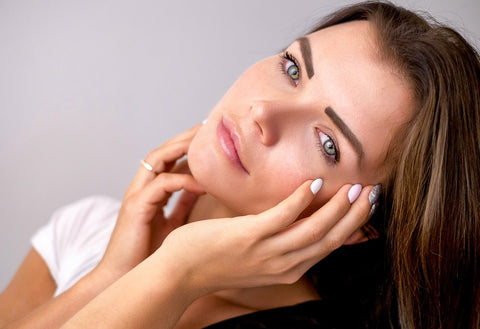We all desire beautiful, healthy skin, isn’t that true? Bad skin not only affects our psychological state, but it can also be quite painful and lead to some serious health issues. It is very important to have a daily beauty regime and respect at least basic hygienic rules regarding cleaning your skin, exfoliating it and moisturizing it. But, with time it gets harder and harder to obtain healthy and glowing skin. As we age, our skin gets more wrinkled and spotty. Considering everything mentioned above, it is no wonder that today we have more and more options for taking care of our skin and for improving its weaknesses.

One of these options which has been practiced for many years now is dermabrasion – a treatment performed by a professional dermatologist or plastic surgeon in a controlled manner in which they remove the upper and mid-deep layer of the skin. The skin is removed as gently as possible by moving in a circular motion sterilized abrasives. This type of treatment is usually used to treat:
- Skin covered in scars
- Skin covered in acne
- Sun- damaged skin
- Age spots
- Uneven skin texture
- Surgery scars
- Fine wrinkles
- Rhinophyma
- Tattoos
Before receiving this treatment it is imperative that your doctor does the needed examinations to establish if you are even eligible for dermabrasion. There are some specific skin conditions that may prevent you from having this treatment, such as inflammatory acne, burn scars, thinned skin due to specific medications, naturally dark skin tone, etc. If the case is that you are eligible to receive dermabrasion, your doctor should also warn you about post-treatment care. That includes avoiding sun exposure for a couple of months, using some antibiotics and medication in order to avoid infections, using some creams to help the skin heal, covering the treated area, etc.
Potential complications of dermabrasion
Given that the stated procedure is a surgical one, the risks connected to it are the same as with other surgical treatments: bleeding, infection, allergic reactions… Other possible consequences of dermabrasion are redness, swelling, acne breakout, rash, enlarged pores…

Dermabrasion is not the same procedure as microdermabrasion, a light cosmetic treatment which can be performed by a cosmetician since it’s a non-invasive, non-surgical procedure. It consists of exfoliation during which a machine is used to lift up the skin. Microdermabrasion often uses tiny crystals for exfoliation of the superficial skin layer. It is much safer than dermabrasion and it doesn’t pose a high risk of dangerous consequences.

It is a great solution for people who have problems with clogged pores and uneven skin tone, as it is excellent for your face because it boosts the blood flow, resulting in improved skin’s elasticity. Unlike dermabrasion, microdermabrasion can be used on all skin types and colors, but it will not work on deeper skin conditions, such as scars, wrinkles, or stretch marks. Microdermabrasion is not recommended for people with specific skin conditions, like eczema, herpes, rosacea, psoriasis, sunburns, lupus or active sores.
In case you decide to try on one of these treatments, we advise you to consult a dermatologist or cosmetologist first and inform yourself more thoroughly about all the aspects of these treatments.
Nessie L.B.

